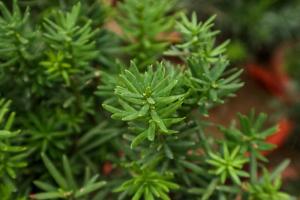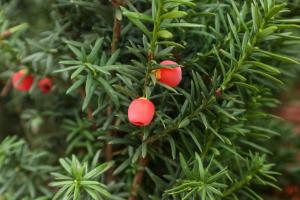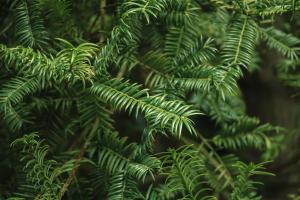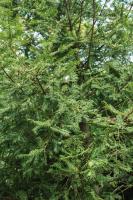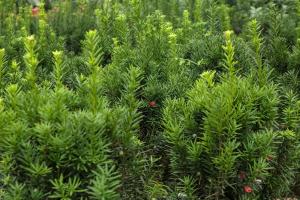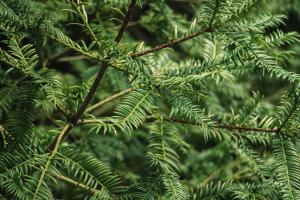1. Variety
There are some differences in varieties between the two. It is funny to say that the south is the mother of mandia, because mandia is hybridized with European yew. In terms of growth height and other aspects, the former belongs to shrubs, while the latter is also trees. Generally speaking, the former can make bonsai with long cycle and stable shape, while the latter can make bonsai with short cycle and need to be trimmed frequently

2. Paclitaxel
The content of paclitaxel in the former is four to ten times that of the latter. Generally speaking, the substance of the latter is mainly concentrated in its bark, that is to say, the substance we can extract is very limited. However, there is this substance in all parts of the former plant, which is not only abundant in branches and leaves, but also amazing in roots. Because this substance is valuable and has certain anti-cancer effect, many people prefer mandia. Therefore, its planting range is greatly increased

3. Growth rate
The growth rate of the two is very different. The former grows very slowly, about more than ten centimeters a year, while the latter grows faster, about 30 to 50 centimeters a year. So if you want to grow fast yew, you can choose the latter
4. Hardiness
Both are cold resistant, but the degree is still different. Generally speaking, the former can keep healthy at minus 25, while the latter can only withstand minus 15. Therefore, on the whole, mandia can be regarded as a high match, but the latter also has its own advantages


 jackfruit
jackfruit snake plant
snake plant hibiscus
hibiscus hydrangea
hydrangea lavender
lavender Green roses climb al...
Green roses climb al... If you don't pay att...
If you don't pay att... Management of four g...
Management of four g...